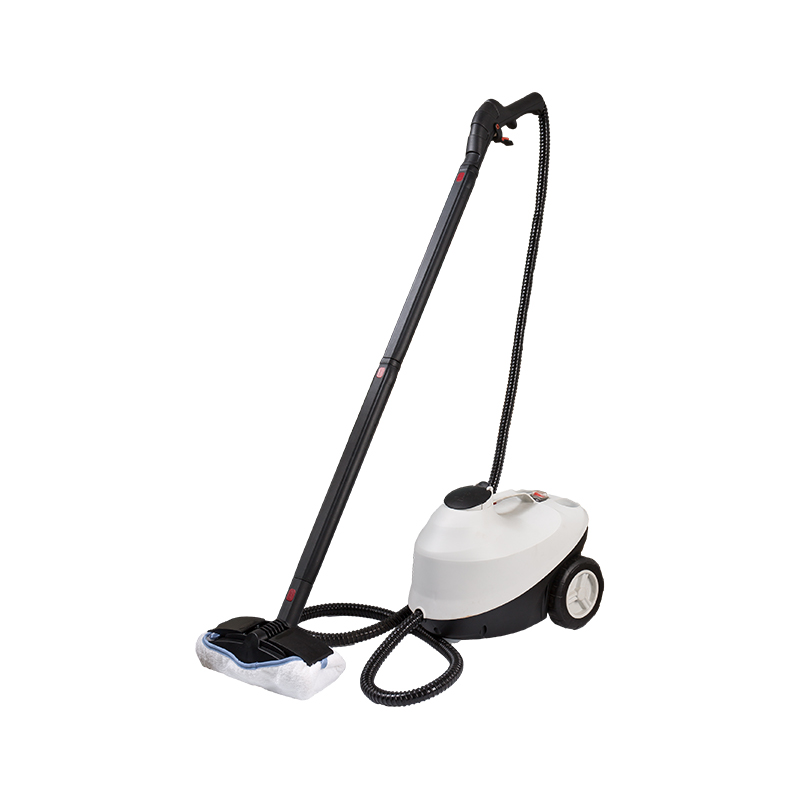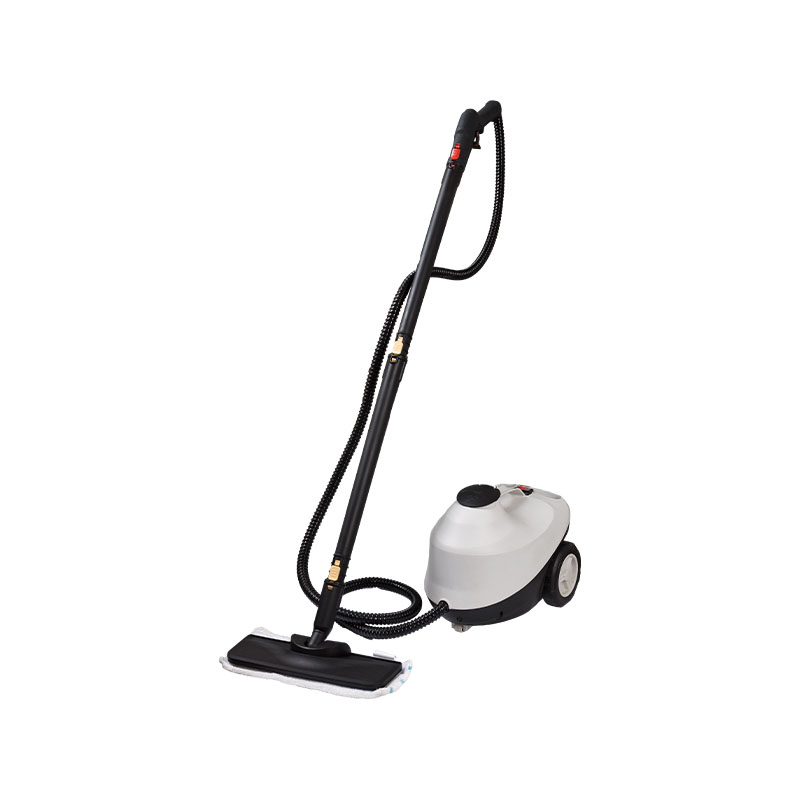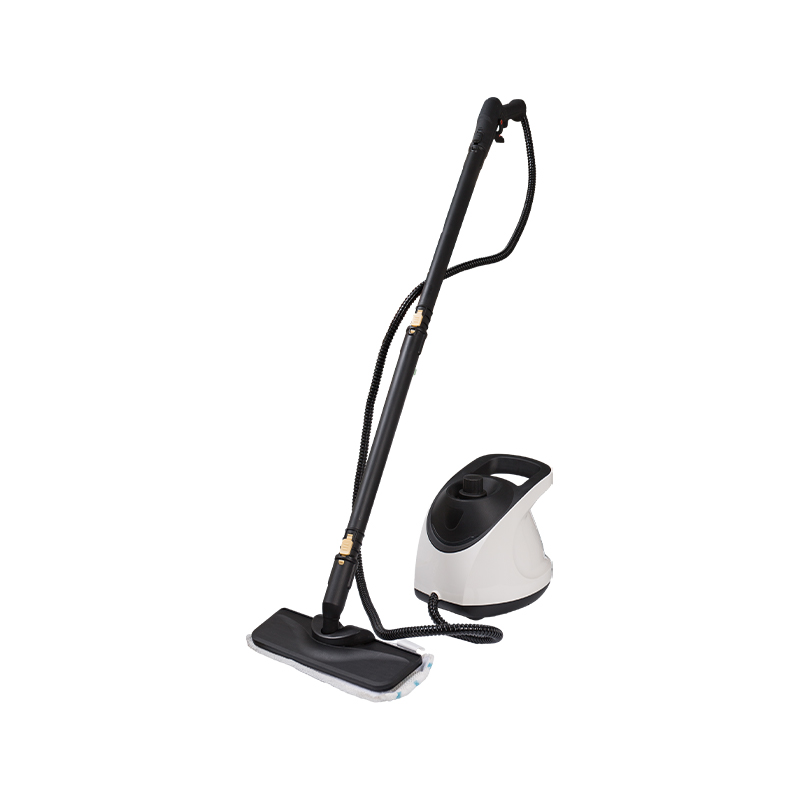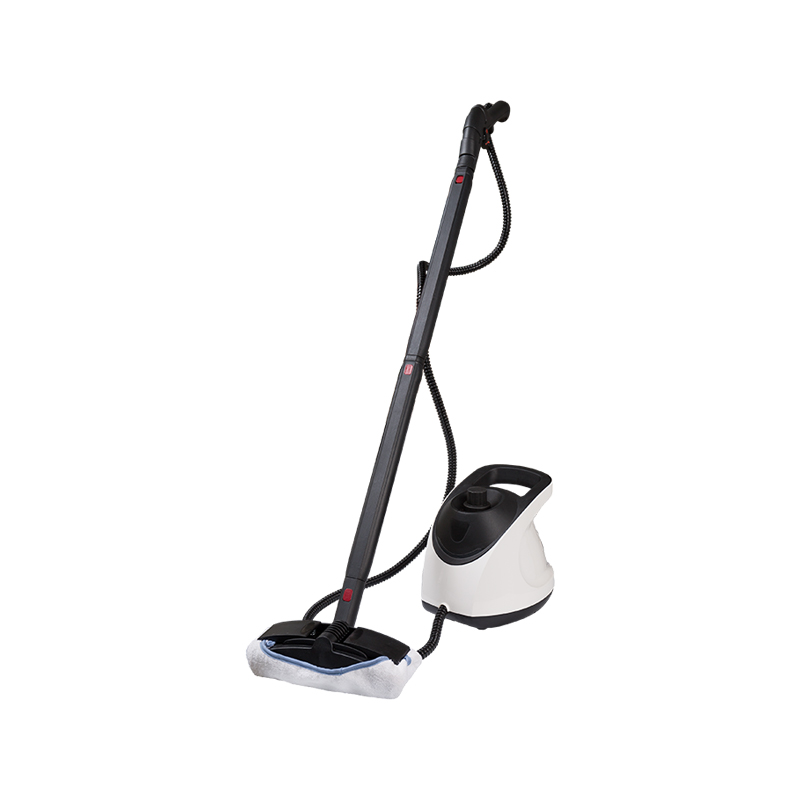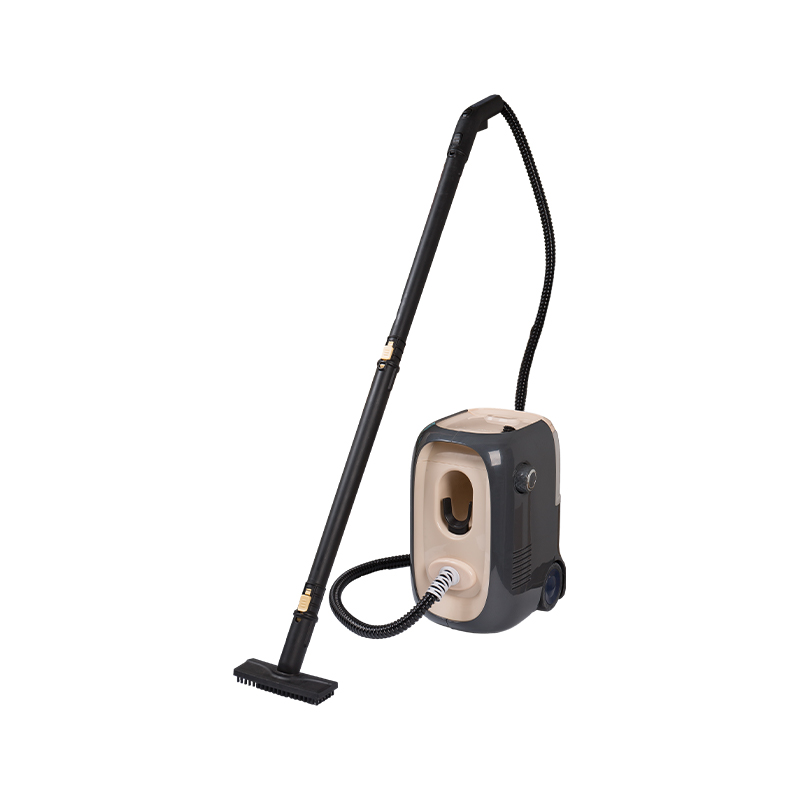-
Phone: +86-13282120735
-
Tel: +86-0571-58307962
-
Fax: +86-0571-58307999
-
E-mail: jy@hzkelong.cn
-
ADD:The Southern Industrial Development Area, Meicheng Town, Jiande City,Zhejiang, China

How Effective Are Handheld Steam Cleaners at Killing Germs and Bacteria?
In modern households, cleanliness is no longer judged solely by appearances. Beyond spotless floors and tidy furniture, people are increasingly concerned with the invisible realm of hygiene: bacteria, viruses, and other microorganisms that linger on the surfaces we touch daily. This has sparked growing interest in natural cleaning methods that go beyond cosmetic shine. Among them, handheld steam cleaner has gained attention as compact, chemical-free devices that promise not just cleanliness, but sanitization.
Understanding How Steam Cleaning Works
Steam cleaning relies on one of the most basic natural elements—water. A handheld steam cleaner heats water inside its tank to produce vapor, often at temperatures ranging from 100°C (212°F) to over 120°C (250°F), depending on the device. When released under pressure, this steam penetrates porous surfaces, loosens grime, dissolves grease, and—most importantly—destroys microorganisms.
The science behind its disinfecting power is straightforward: most bacteria and viruses cannot survive exposure to high heat. Just as boiling water sterilizes utensils, the directed jet of hot vapor from a handheld steam cleaner denatures proteins within microbial cells, effectively killing them on contact.
The Germicidal Potential of Steam
To assess effectiveness, we must consider how steam interacts with different types of microorganisms.
- Bacteria: Common bacteria such as E. coli and Salmonella are highly vulnerable to temperatures above 70°C (158°F). Steam at 100°C and higher can kill them within seconds when applied directly.
- Viruses: Many viruses, including influenza, are heat-sensitive. While not all have the same tolerance levels, moist heat from steam has been shown to deactivate them.
- Mold and Fungi: Steam cleaners can neutralize mold spores on surfaces, though recurring growth may require addressing underlying moisture issues.
- Dust Mites and Allergens: Steam not only kills dust mites but also helps denature allergenic proteins they leave behind, offering relief for allergy sufferers.
What is particularly important is that steam accomplishes this without chemical disinfectants. For families concerned about exposure to harsh cleaning agents, this is a significant advantage.
Effectiveness Compared to Chemical Cleaners
Traditional disinfectants like bleach or alcohol-based sprays are proven to kill 99.9% of germs when used correctly. Handheld steam cleaners can achieve similar results, provided the steam reaches the necessary temperature and is applied for a sufficient duration.
Where steam holds an advantage is in penetration. Heat vapor can seep into fabric fibers, grout lines, and textured surfaces where sprays may not reach effectively. On the other hand, chemical cleaners may provide longer-lasting antimicrobial protection, whereas steam’s effect is immediate but not residual.
In practice, steam is most effective when used as part of a broader cleaning routine—removing grime and sanitizing simultaneously, while still relying on occasional targeted disinfectants for high-risk areas.
Key Applications of Handheld Steam Cleaners
The portability of handheld steam cleaners allows them to be used on diverse household surfaces where germs often thrive:
-
Kitchen Surfaces
- Cutting boards, countertops, stovetops, and sink areas harbor some of the highest bacterial loads in a home. A blast of high-pressure steam can sanitize these surfaces without leaving chemical residue near food preparation zones.
-
Bathrooms
- Steam is highly effective on tiles, grout, faucets, and toilet areas, where moisture encourages bacterial growth. The pressurized heat reaches into crevices that are difficult to scrub manually.
-
Upholstery and Mattresses
- Soft furnishings accumulate dust mites and allergens. Steam can sanitize fabrics without soaking them, offering a cleaner environment with reduced allergen exposure.
-
Children’s Items
- Toys, play mats, and high chairs benefit from chemical-free sanitization, making steam cleaning especially useful in homes with young children.
-
Pet Areas
- Bedding, litter box surroundings, and feeding areas can be refreshed with steam, reducing odor-causing bacteria and germs without introducing pet-harmful chemicals.
Limitations of Handheld Steam Cleaners
Despite their benefits, handheld steam cleaners are not a universal solution. Understanding their limitations helps set realistic expectations.
- Surface Restrictions: Steam can damage delicate materials like unsealed wood, some types of laminate, or heat-sensitive plastics.
- Sanitization Range: Steam is highly effective on hard, non-porous surfaces but less reliable for deeply porous materials where moisture may not fully penetrate.
- Contact Time: For thorough sanitization, steam must remain in contact with the surface for several seconds. Quick passes may not achieve full germ-killing potential.
- No Residual Protection: Once steam dissipates, surfaces are not protected from recontamination. In contrast, some chemical cleaners leave a temporary antimicrobial barrier.
- Small Tank Size: Being handheld, these devices have limited water capacity. Frequent refills may be necessary during larger cleaning sessions.
Safety Considerations
While steam cleaning avoids chemical hazards, it introduces another risk: burns. The steam jet is extremely hot and can cause injury if mishandled. It is crucial to keep the nozzle directed away from skin and to allow freshly cleaned surfaces to cool before touching them. Additionally, some materials may warp or discolor under high heat, so spot testing is advisable.
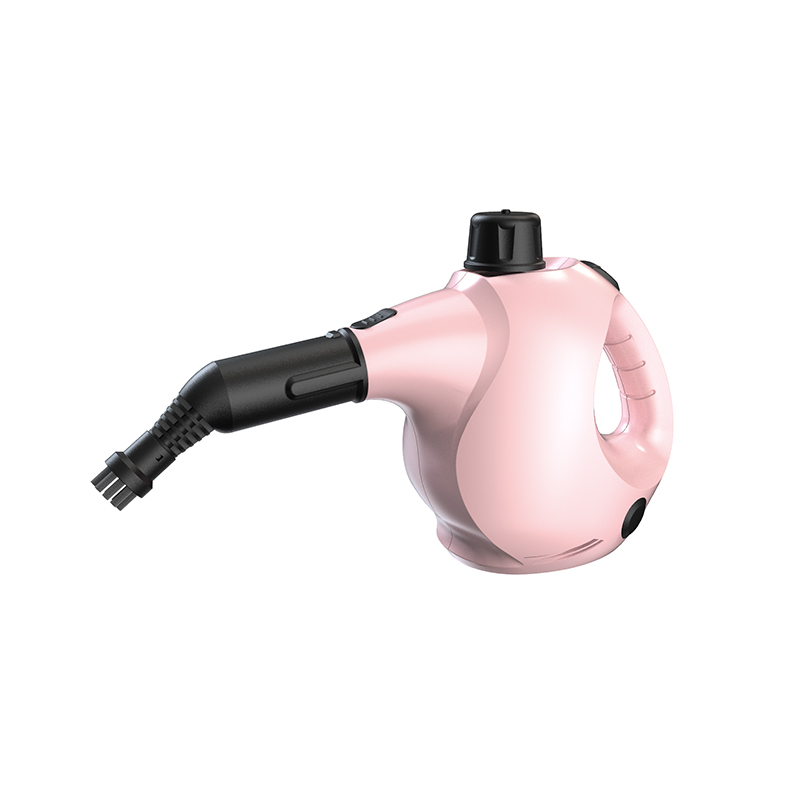
Environmental and Health Benefits
Handheld steam cleaners carry notable sustainability advantages:
- Reduced Chemical Use: By relying solely on water, they minimize household dependence on synthetic cleaning agents.
- Lower Packaging Waste: Fewer chemical purchases mean reduced plastic container waste.
- Indoor Air Quality: Without chemical fumes, steam cleaning helps maintain healthier indoor air, particularly valuable for children, pets, and individuals with respiratory sensitivities.
These benefits make steam cleaning an appealing option for those pursuing eco-friendly housekeeping practices.
Practical Tips for Maximizing Effectiveness
To ensure the steam cleaner delivers optimal sanitization, a few practical steps are recommended:
- Pre-Clean Surfaces: Remove visible dirt and debris first, as steam sanitizes best on already-clean surfaces.
- Maintain Adequate Contact Time: Hold the nozzle close to the target area for several seconds to ensure microbes are effectively neutralized.
- Use Distilled Water: Prevents mineral buildup that could clog the device and ensures consistent steam output.
- Move Slowly: Rushed passes reduce effectiveness. A steady, deliberate pace yields better results.
- Regular Maintenance: Cleaning filters and descaling periodically keeps the machine operating efficiently.
The Verdict: Are Handheld Steam Cleaners Truly Effective?
The evidence points to a clear conclusion: handheld steam cleaners are highly effective at killing germs and bacteria on hard, non-porous surfaces, provided they are used correctly. Their ability to harness natural heat makes them a powerful tool in maintaining a hygienic home without reliance on chemicals.
However, they are not a cure-all. For maximum safety, steam should be part of an integrated cleaning strategy—one that combines physical cleaning, steam sanitization, and occasional use of targeted disinfectants where residual protection is necessary.
Final Thoughts
In an era where hygiene has taken on renewed importance, handheld steam cleaners offer households a practical, eco-conscious, and effective way to combat unseen microbes. They transform ordinary water into a cleaning force that dissolves grease, neutralizes odors, and destroys bacteria—all while leaving no chemical traces behind.
While they require mindful use and an understanding of their limitations, their contribution to a cleaner, healthier home is undeniable. For those seeking a balance between effectiveness, safety, and sustainability, handheld steam cleaners are not just a gadget—they are a valuable ally in the daily fight against germs.

